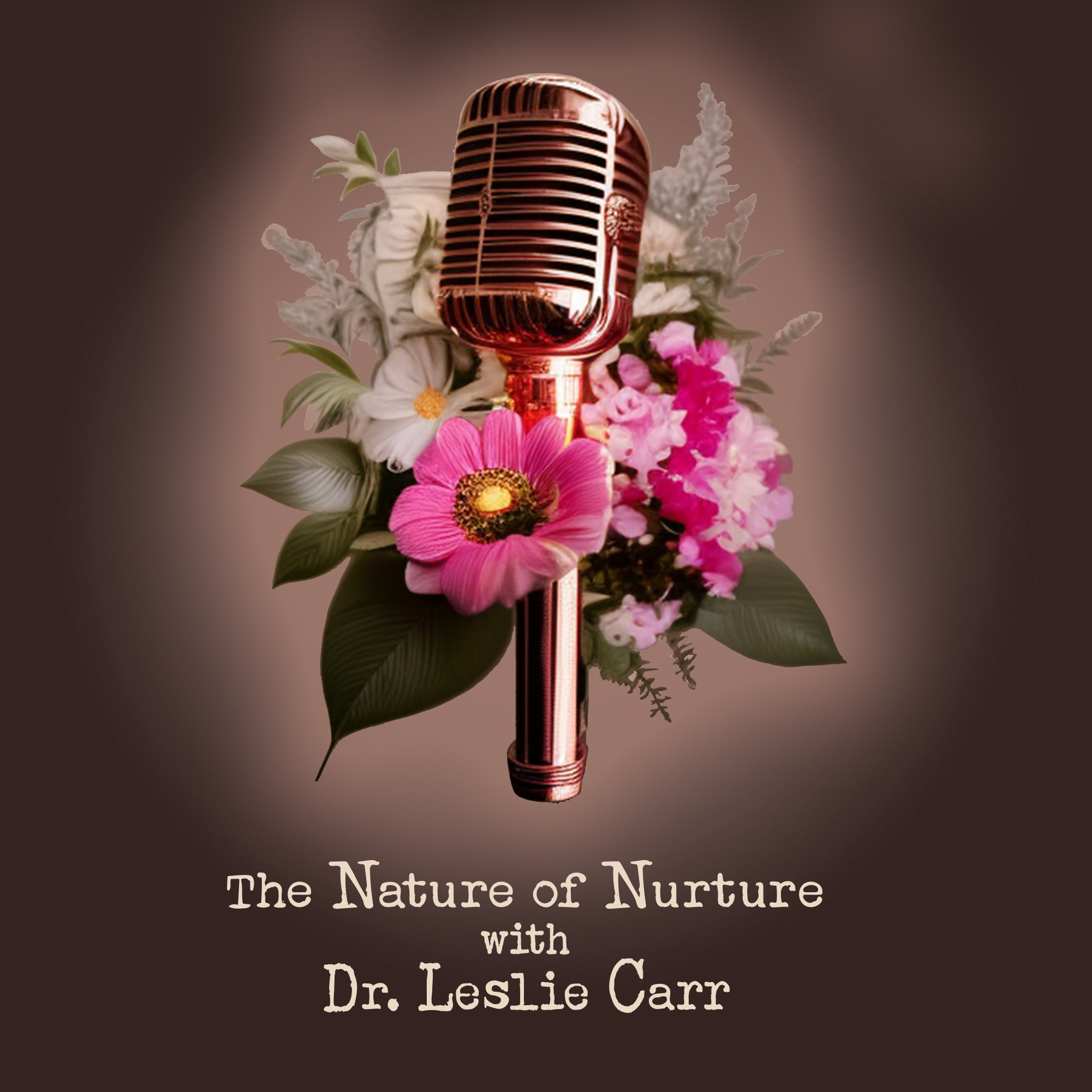Plenty of resources exist for those of us who identify as alcoholic (Alcoholics Anonymous [AA] is free and world-wide, for example, and there are countless books available on the subject of addiction), but this post isn’t about that. This post is for those of us who probably don’t qualify for a diagnosis of alcohol abuse or dependence, but could stand to explore our relationship with what I like to call “Social K-Y.” Let’s face it: in this day and age, that’s most of us.
How many of you out there have made tons of positive changes to your health (maybe you’re juicing, or you’re meditating, for example), but you still drink alcohol, and sometimes you even drink … a lot of alcohol.
Is this you? If so, listen up:
The definition of “binge drinking” (this is shocking for many people) is four drinks or more in a two-hour period for women, or five drinks or more in a two-hour period for men. The math on this isn’t random. The reasoning behind it is that it takes your body about an hour to process one alcoholic drink (12 ounces of beer, six ounces of wine, or one ounce of hard liquor) and drinking more than that at a faster pace creates toxicity. Do it once and you’re probably fine, but do it with regularity and you’re increasing the likelihood that you’ll suffer a variety of physical symptoms and repercussions, as well as a reduction in your general vitality and overall health.
Unfortunately, there are many of us who are not alcoholic who drink like this all the time. Even more unfortunate? Doing it is not only bad for your health, it increases the chances that you will become an alcoholic over the course of your lifetime.
What?! Yes, you heard me.
There are three primary pathways to addiction:
Two of these pathways are commonly known (genetic heredity and environmental influence). The third is the least talked about and most underestimated, and it’s repeated exposure to toxic doses of an addictive substance. As we continually expose ourselves to high doses of alcohol, we increase our tolerance and habituate our bodies to ever increasing amounts. The more we drink, the more we crave, and that’s when that sneaky bitch we call dependency slips in the back door.
If you think what I’m describing could apply to you, then it’s important that you change this pattern, and doing so begins with reevaluating your relationship with alcohol.
Here’s how to do that:
In addiction treatment, one of the things addicts learn to do is understand their personal triggers — the people, places, and things — that make an addict want to use, so they can avoid them or figure out how to handle them. Non-alcoholics have triggers, too — the most common ones being social occasions and stress — but if we sit with ourselves and are really honest, we may notice that we have other triggers as well.
For example, do you sometimes drink when you’re alone? What about when you’re angry or sad? If you only really drink during social occasions, but you find that you tend to drink too much at these times, mindless drinking may be the culprit. Regardless, the only way to really evaluate this is to give yourself a break from drinking entirely and see how it goes.
Do you want to give yourself a huge gift? I’m talking potentially life-altering here:
Take a month off from drinking altogether, no cheating. Now, notice when you want to drink. When a craving arises, sit with it instead of acting on it. What are you feeling? What thoughts or emotions are coming up for you that you would prefer to avoid?
If taking a month off seems too hard, think about that. What are your fears? If you truly cannot handle the thought of it, try to take a week off at first and see how it goes. If that seems undoable, you may have to consider that your relationship with alcohol is more intense that you previously believed. This is very important information for you.
For those of you who go with the month-long challenge, this may curb your social life a bit, but keep in mind that it’s only temporary. You might find that you have to be a little bit more creative about how you spend your time, and if so, great — you’ll probably find yourself reengaging in old hobbies or picking up new ones. This is a great opportunity to find new and diverse ways to spend your time.
You may also find that you have to be more contemplative about how you handle stress, and meditation can be very useful.
Once the month is over and you start drinking again, try to do so mindfully, especially at first. Your tolerance will be lower than it was before, and this is a good time to recognize how much alcohol it actually takes for you to get buzzed, and to go from buzzed to drunk. If you continue to drink mindfully, you’ll notice that you don’t “need” nearly as much alcohol as you did before to relax or to have a good time.
It’s common when people try this exercise to notice that their tolerance level (and drinking level) creeps back up over time. This tends to happen mostly when people slip back into “mindless” drinking behavior. If you find this happening, try to take a little break again. It might not need to be a full month the second time around, but experiment with it a little bit and see how it goes. When it comes to “highly triggering events” (a wedding, for example, if you tend to drink too much at social occasions) it may be helpful to do a seated meditation before going out.
I hope this helps. If you have any serious concerns about how alcohol is impacting your life after reading this article, please find your local chapter of alcoholics anonymous.
If you liked this article you can click here to tweet it.


















